248.5 cu in inline 4-cylinder sleeve valve engine, carburetor 22.5 hp at 2,800 rpm Three-speed manual transmission Semi-elliptical leaf spring suspension 2-wheel brakes on rear axle 125-inch wheelbase Left-hand drive *In original unrestored condition with 23,934 miles *Discovered in a West Virginia barn, 2003 *Fully functional, in running condition *Believed to be the only 1920 Stearns-Knight Touring still in existence THE F.B. STEARNS-KNIGHT TOURING In the early days of the automobile, an enterprising young fellow could build his own car in the basement of the family home. That's exactly what 17-year-old Frank Ballou Stearns did in Cleveland, Ohio in 1896. Two years later, with money from his father, Stearns moved his operation from the basement into a barn. There, he established F.B. Stearns & Company with two partners (brothers Raymond and Ralph Owen, who split from Stearns in 1900). He soon built his first production model, powered by a 4.0-liter (101 cubic inch) single-cylinder engine. The single was only a stopgap, however: Stearns had earlier attempted his own four-cylinder engine, and by 1904 he was building them successfully. Despite his youth, Stearns gravitated toward the luxury segment, and his cars were meticulously hand-built by skilled craftsmen. Stearns' aluminum-bodied 40/45 four of 1906 was treated to 17 coats of paint, which went some way toward justifying its astronomical price of $5,200. And with the exception of one smaller model, most of Stearns' cars were massive, equipped with engines that displaced as much as 13 liters across four or six cylinders. Those engines made Stearns' cars among the fastest on the road in the early 20th century, and they raced with considerable success in hillclimbs and endurance races. In 1911, Stearns began equipping his cars with sleeve valve engines designed by Charles Yale Knight. As required by the patent holder, the cars were thereafter sold under the Stearns-Knight nameplate. Although the sleeve-valve design was known for higher oil consumption and difficult sealing, it also permitted higher engine speeds and more efficient combustion as well as exceptionally quiet operation. They were also extremely durable, able to cover 200,000 miles when their poppet-valve competitors could cover barely a tenth that distance before needing to be rebuilt. By 1914, electric starting was used to fire up one of two available sleeve valve engines: a 5.1-liter four or a 6.8-liter six. (The headlights were also electric.) Three years later, Stearns would introduce one of the earliest V8 engines to the market. Engines continued to occupy Stearns' imagination, and he retired from active participation in his company in 1919, aged just 40, eager to devote his time to experiments with diesel engines. In 1925, he sold the firm to J.N. Willys, which never integrated the Stearns firm into its own operation. Willys kept it alive until 1929, when demand for hand-built automobiles collapsed at the onset of the Great Depression. By then, the company had built some 33,000 cars, of which 115 are believed to exist today. THE MOTORCAR OFFERED Built just after Stearns' retirement but prior to the sale to Willys, this 1920 Stearns-Knight Touring bears chassis number L9959 as well as the matching engine number. It is believed to be the only four-cylinder Touring model to survive from 1920 production, which totaled some 3,850 cars. Discovered in a West Virginia barn in 2003, L9959 is in unrestored original condition. Its green-and-black paint (with hand-painted pinstriping) shows some rust and flaking, and its brightwork is showing its age. Its bodywork is in good condition, though some damage is noted where the right front fender attaches to the running board. L9959's interior appears complete, its wooden dashboard, gauges and steering wheel in reasonable condition. The black leather seat upholstery shows little wear, though a few small tears are present. The black leather top is intact, as its glass rear w
248.5 cu in inline 4-cylinder sleeve valve engine, carburetor 22.5 hp at 2,800 rpm Three-speed manual transmission Semi-elliptical leaf spring suspension 2-wheel brakes on rear axle 125-inch wheelbase Left-hand drive *In original unrestored condition with 23,934 miles *Discovered in a West Virginia barn, 2003 *Fully functional, in running condition *Believed to be the only 1920 Stearns-Knight Touring still in existence THE F.B. STEARNS-KNIGHT TOURING In the early days of the automobile, an enterprising young fellow could build his own car in the basement of the family home. That's exactly what 17-year-old Frank Ballou Stearns did in Cleveland, Ohio in 1896. Two years later, with money from his father, Stearns moved his operation from the basement into a barn. There, he established F.B. Stearns & Company with two partners (brothers Raymond and Ralph Owen, who split from Stearns in 1900). He soon built his first production model, powered by a 4.0-liter (101 cubic inch) single-cylinder engine. The single was only a stopgap, however: Stearns had earlier attempted his own four-cylinder engine, and by 1904 he was building them successfully. Despite his youth, Stearns gravitated toward the luxury segment, and his cars were meticulously hand-built by skilled craftsmen. Stearns' aluminum-bodied 40/45 four of 1906 was treated to 17 coats of paint, which went some way toward justifying its astronomical price of $5,200. And with the exception of one smaller model, most of Stearns' cars were massive, equipped with engines that displaced as much as 13 liters across four or six cylinders. Those engines made Stearns' cars among the fastest on the road in the early 20th century, and they raced with considerable success in hillclimbs and endurance races. In 1911, Stearns began equipping his cars with sleeve valve engines designed by Charles Yale Knight. As required by the patent holder, the cars were thereafter sold under the Stearns-Knight nameplate. Although the sleeve-valve design was known for higher oil consumption and difficult sealing, it also permitted higher engine speeds and more efficient combustion as well as exceptionally quiet operation. They were also extremely durable, able to cover 200,000 miles when their poppet-valve competitors could cover barely a tenth that distance before needing to be rebuilt. By 1914, electric starting was used to fire up one of two available sleeve valve engines: a 5.1-liter four or a 6.8-liter six. (The headlights were also electric.) Three years later, Stearns would introduce one of the earliest V8 engines to the market. Engines continued to occupy Stearns' imagination, and he retired from active participation in his company in 1919, aged just 40, eager to devote his time to experiments with diesel engines. In 1925, he sold the firm to J.N. Willys, which never integrated the Stearns firm into its own operation. Willys kept it alive until 1929, when demand for hand-built automobiles collapsed at the onset of the Great Depression. By then, the company had built some 33,000 cars, of which 115 are believed to exist today. THE MOTORCAR OFFERED Built just after Stearns' retirement but prior to the sale to Willys, this 1920 Stearns-Knight Touring bears chassis number L9959 as well as the matching engine number. It is believed to be the only four-cylinder Touring model to survive from 1920 production, which totaled some 3,850 cars. Discovered in a West Virginia barn in 2003, L9959 is in unrestored original condition. Its green-and-black paint (with hand-painted pinstriping) shows some rust and flaking, and its brightwork is showing its age. Its bodywork is in good condition, though some damage is noted where the right front fender attaches to the running board. L9959's interior appears complete, its wooden dashboard, gauges and steering wheel in reasonable condition. The black leather seat upholstery shows little wear, though a few small tears are present. The black leather top is intact, as its glass rear w

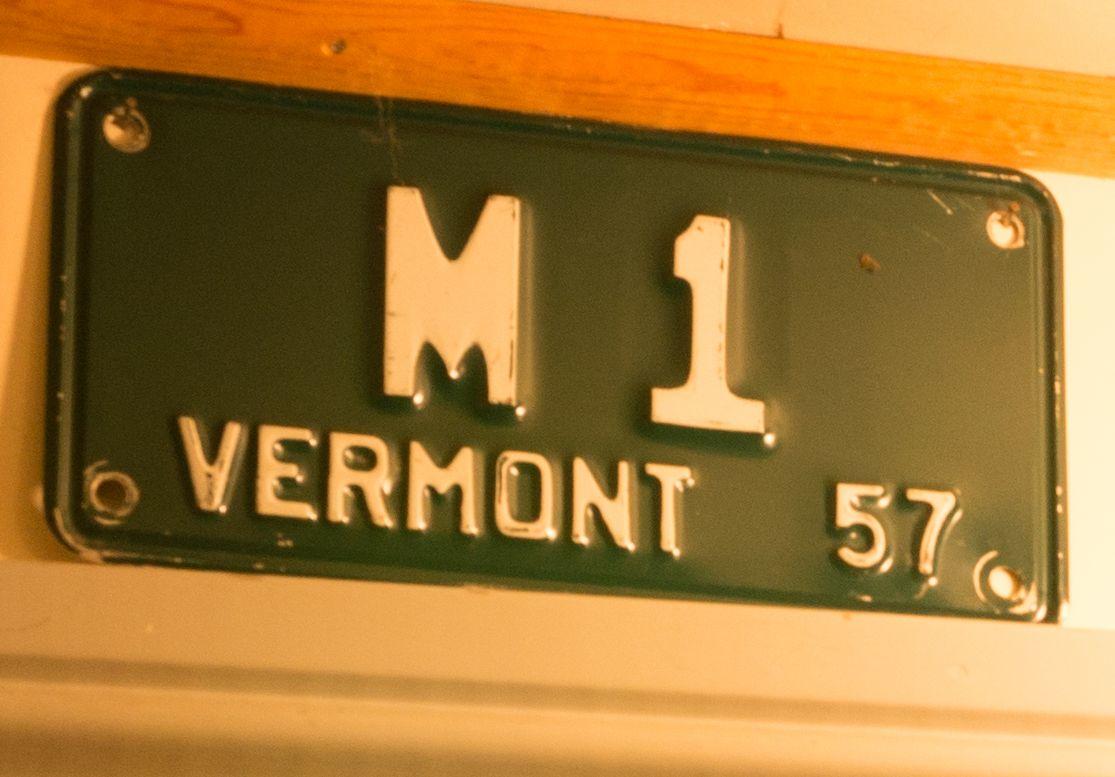
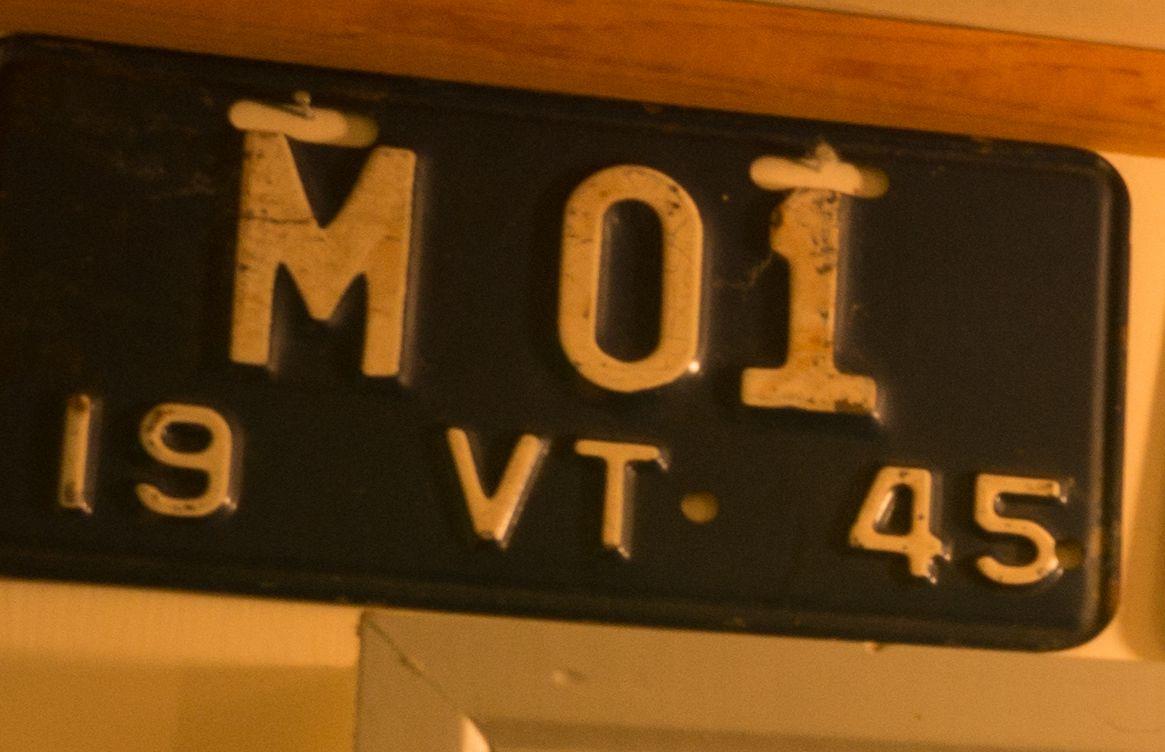

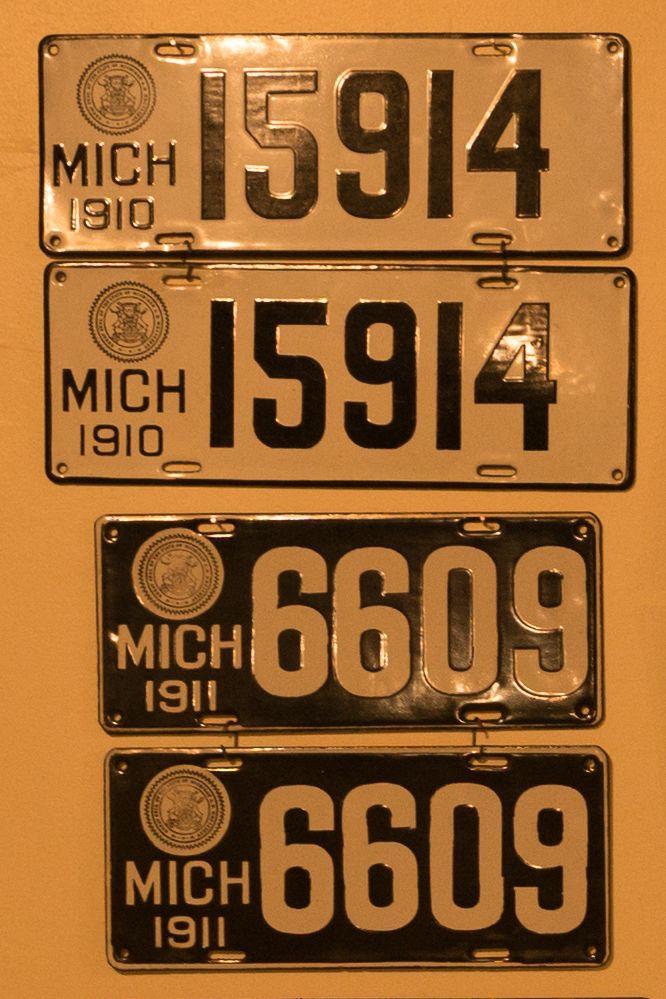
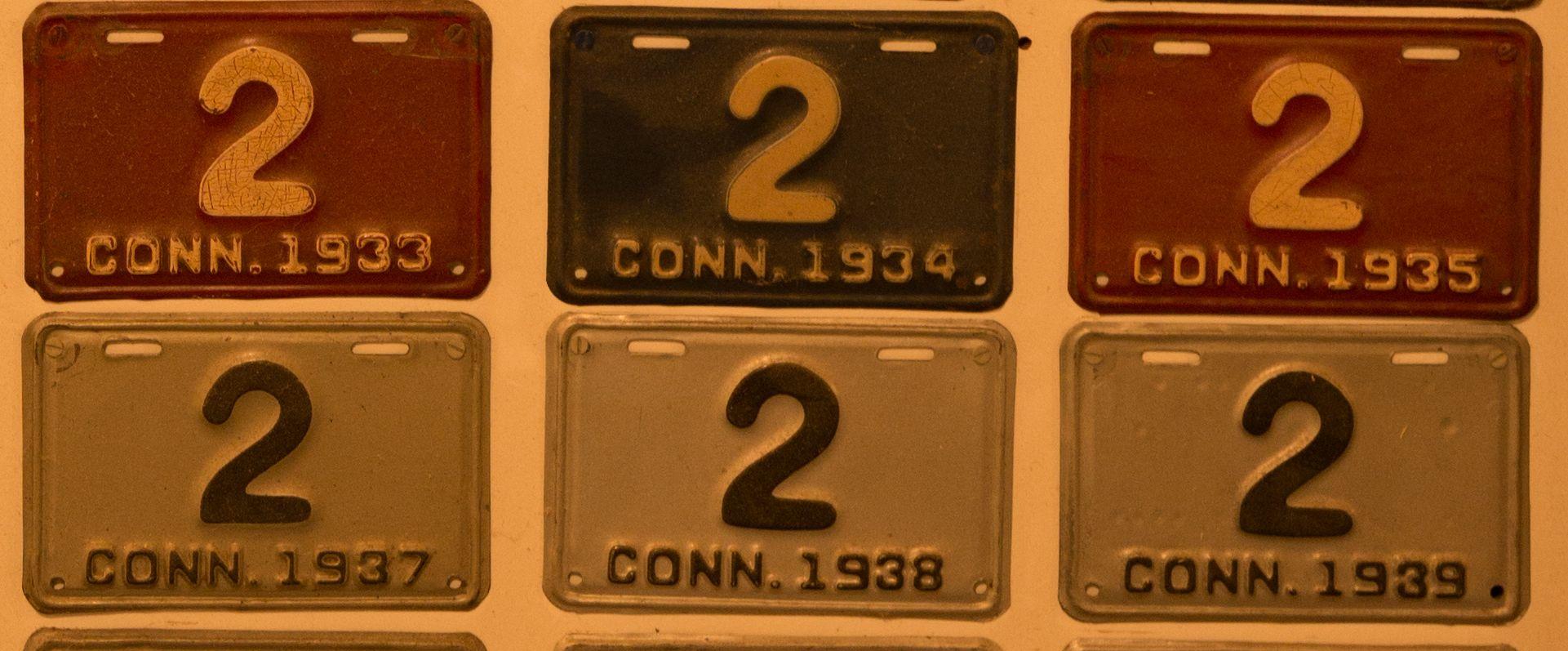

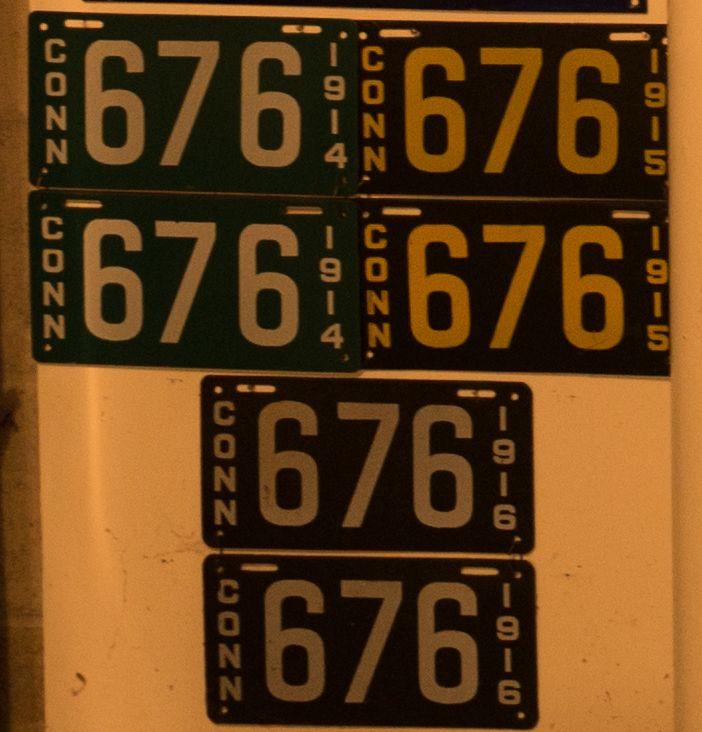
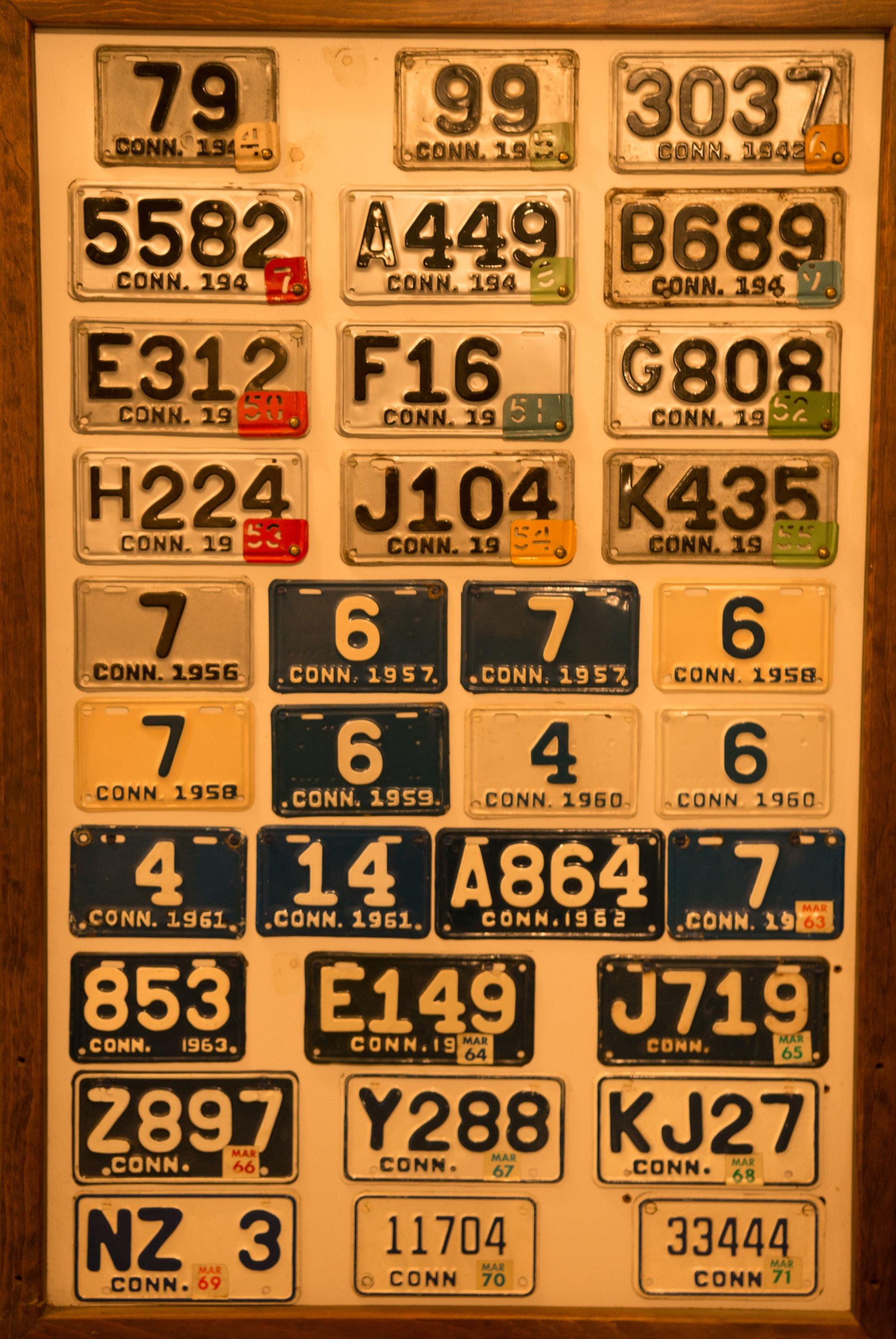

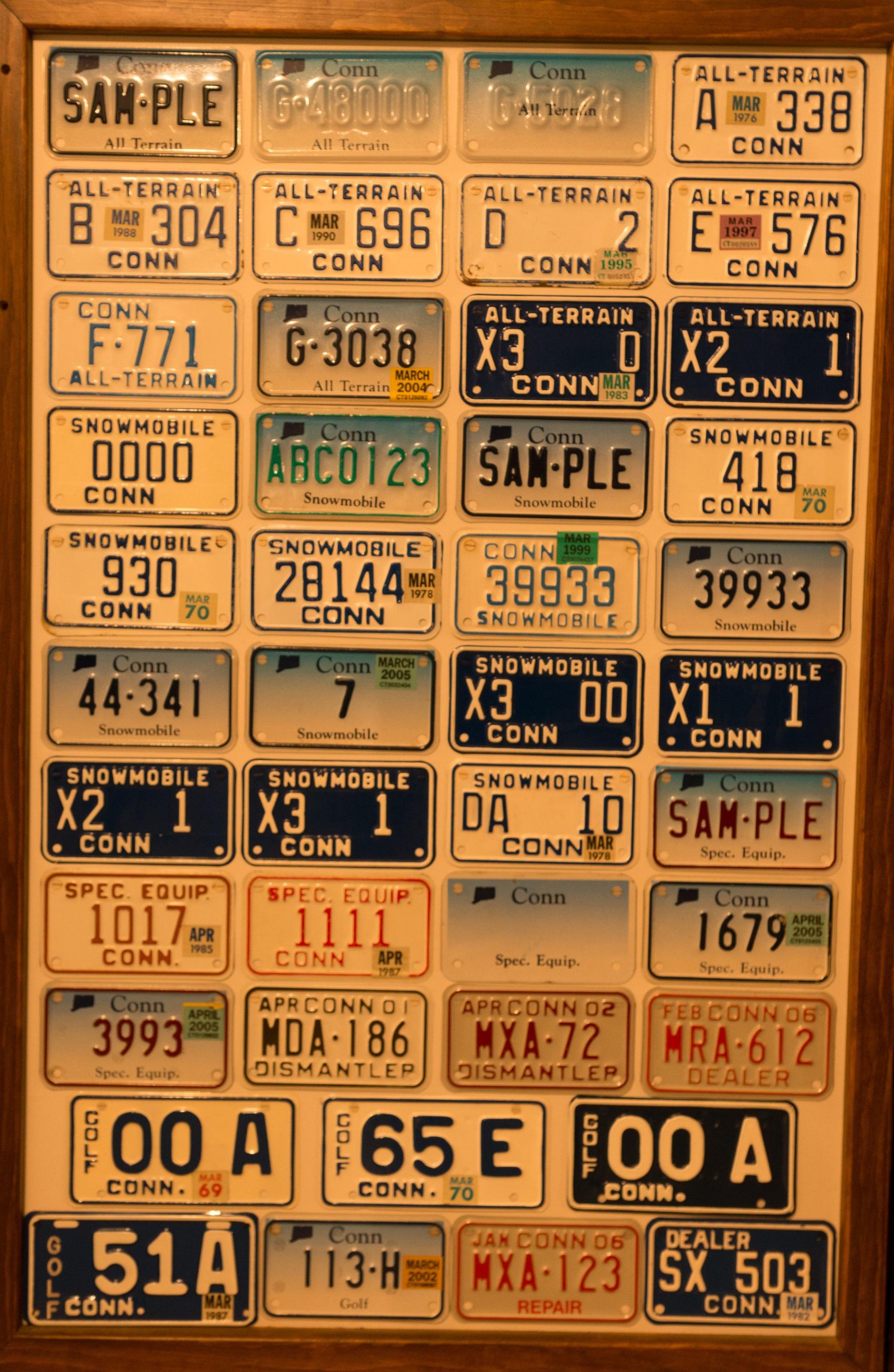
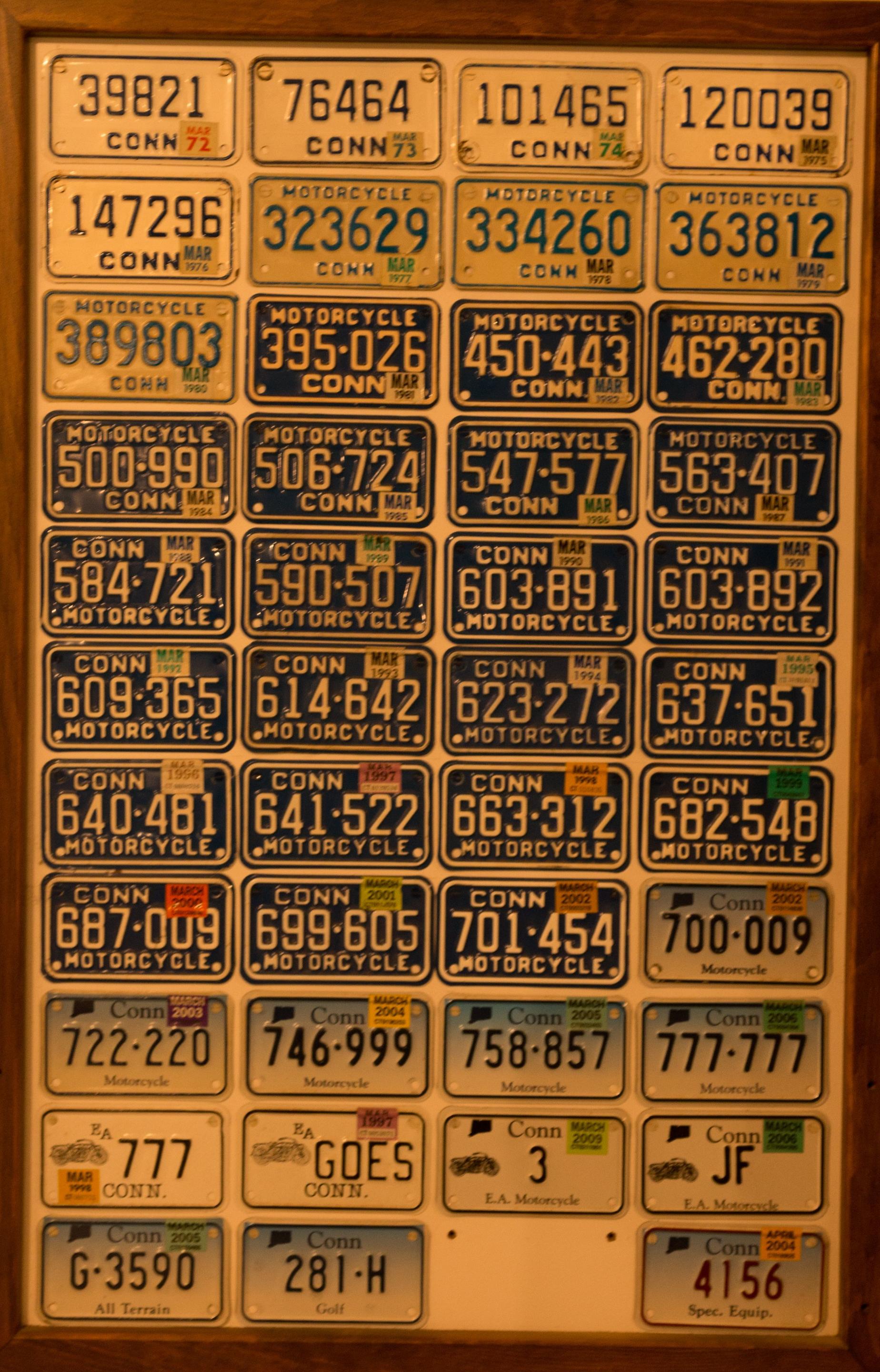
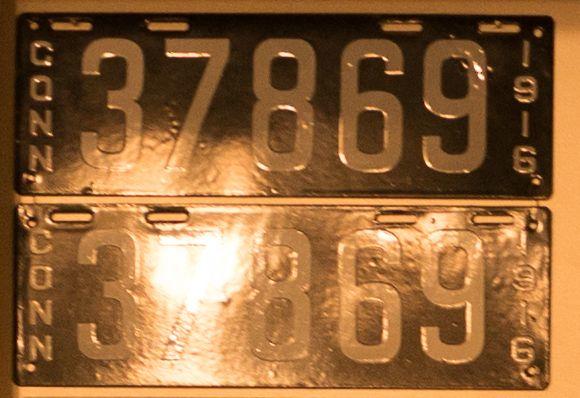
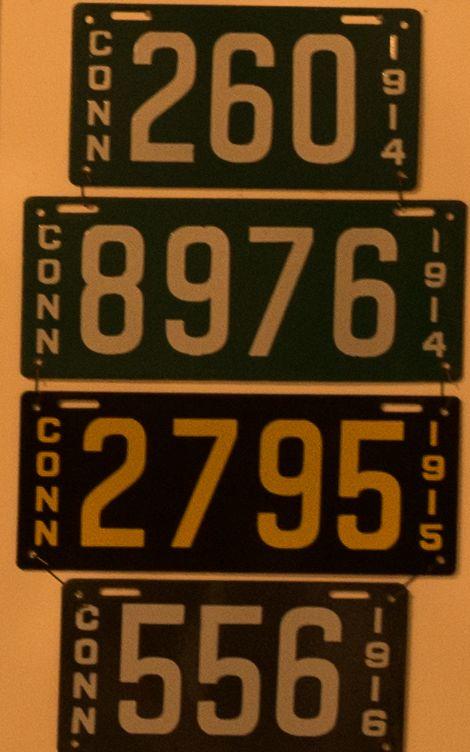
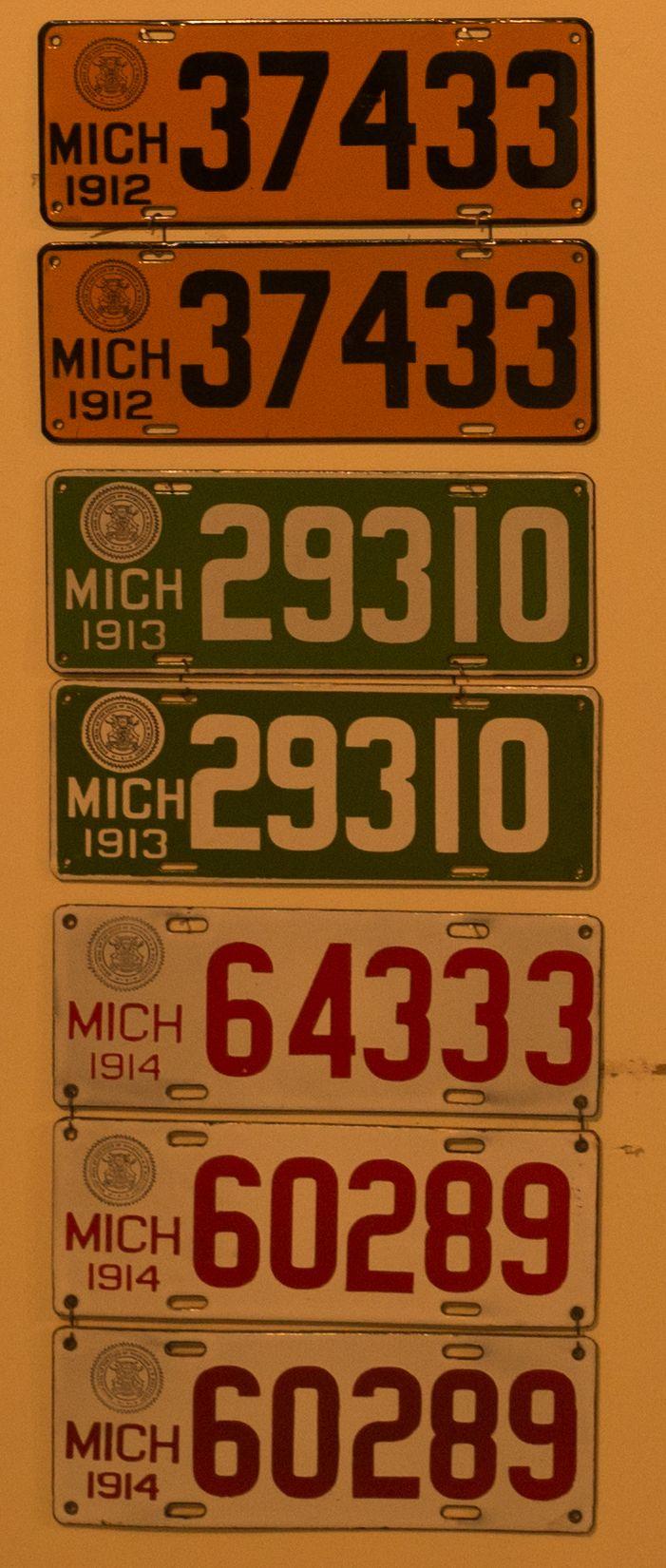
Try LotSearch and its premium features for 7 days - without any costs!
Be notified automatically about new items in upcoming auctions.
Create an alert